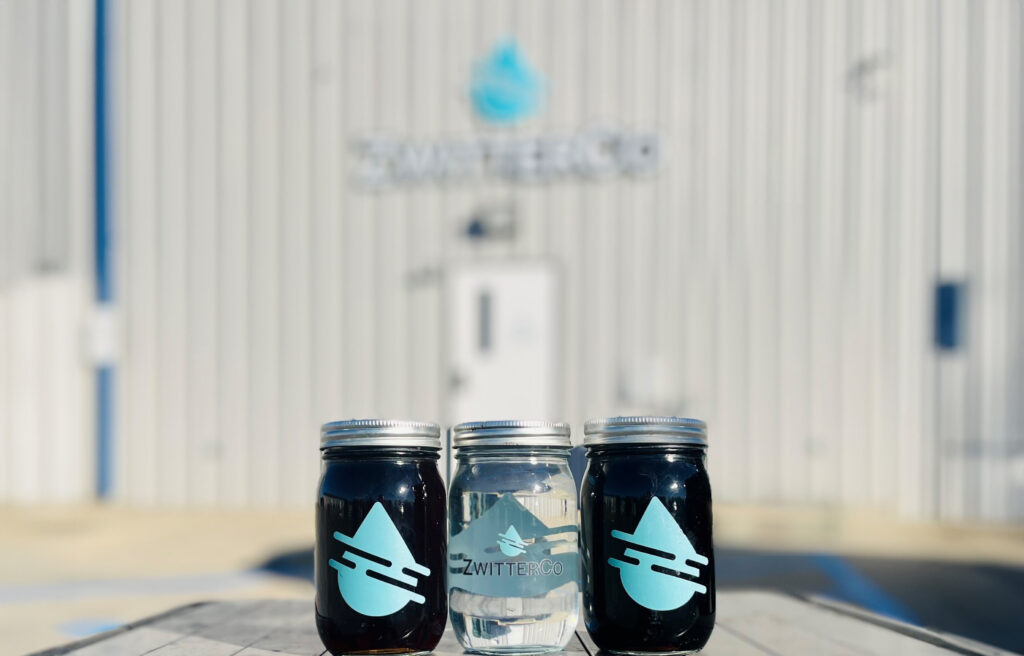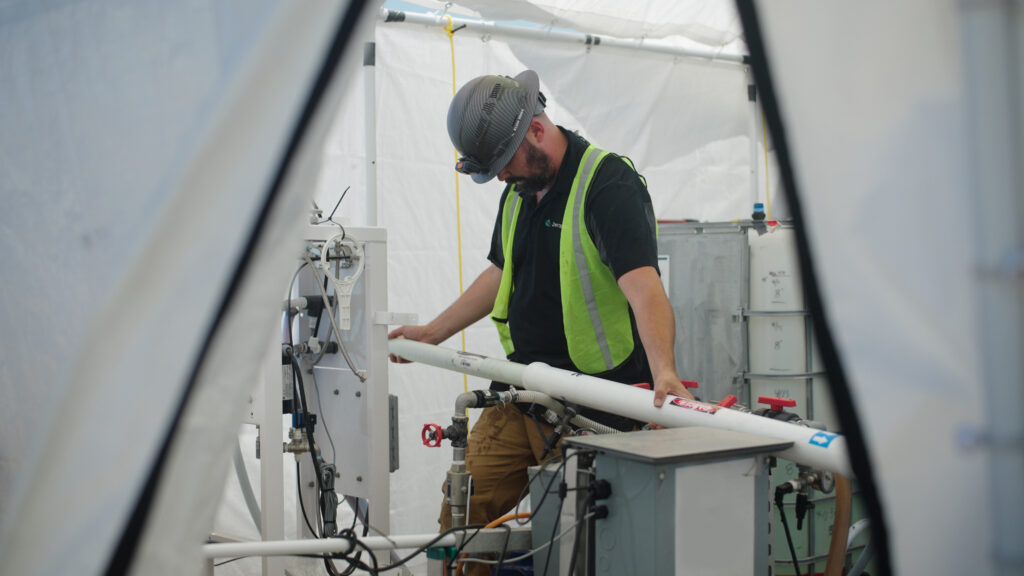Reverse osmosis (RO), a revolutionary technology in water treatment, has been a vital solution in addressing the global water crisis. Used across various industries ranging from the treatment of wastewater to the desalination of seawater, RO plays a vital role in removing contaminants and impurities from water. However, despite its widespread use and undeniable benefits, traditional RO membranes are still prone to issues like organic fouling and biofouling. Understanding both the importance and the hurdles of RO is crucial in advancing water treatment technologies and ensuring access to clean water for all.
A Brief Look at Traditional Reverse Osmosis Technology
Reverse osmosis, a process rooted in the principles of physical chemistry, is a fusion of scientific understanding and practical application. RO originated from the process of osmosis, where water naturally flows from an area of lower solute concentration to an area with higher solute concentration through a semipermeable membrane. In the 1950s, researchers began trying to reverse this process, leading to the development of RO as a method for purifying water.
The RO process similarly uses a semipermeable membrane that removes unwanted particles, salts, and pollutants, resulting in clean water. In short, it uses pressure to force water through a membrane, leaving contaminants behind. Over time, innovation in technology and engineering has drastically improved RO systems. Today, RO is a key solution in water treatment, revolutionizing access to safe water and playing a pivotal role in various industrial processes worldwide.
Industries Where Reverse Osmosis is Used
RO finds its applications in various areas, some of which are:
-
- Wastewater Treatment Plants – To reclaim and recycle water for non-potable or potable use
- Industrial Water Treatment – For manufacturing processes that require high-purity water
- Desalination – Turning seawater into drinking water
Why Reverse Osmosis is Needed
RO undeniably plays an essential role, not only in industrial water treatment, but also in protecting the environment and promoting sustainability. RO technology aids in conserving water, a resource that is becoming increasingly scarce in many parts of the world. By enabling the reuse of water, RO systems reduce the need for fresh water in industrial settings, which can alleviate pressure on local water supplies and contribute to the overall sustainability of water resources.
“Water is not just a nice-to-have sustainability goal – it’s a license to operate.”
Overall, the importance of RO technology extends beyond its core function of water treatment and purification. It is a key part of a bigger goal of environmental protection, resource conservation, and the promotion of sustainable industrial practices. By ensuring that water and wastewater are treated efficiently and effectively, RO helps maintain the balance of our ecosystems while supporting economic growth and development.
The Hurdles of RO in Water Treatment
As demand for treated water grows, the shortcomings of traditional RO membranes are becoming more apparent. Traditional RO membranes face challenges like organic fouling and biofouling, which can substantially impact operational efficiency and lead to increased maintenance costs over time.

Organic Fouling
One of the main challenges is organic fouling, which occurs when there is a build-up of natural organic matter in the water that adheres to the surface of the RO membrane, reducing its efficiency. This build-up leads to a decrease in operational flux and an increase in pressure drop across the membrane. Organic fouling not only diminishes the performance of RO systems but also shortens the lifespan of the membranes, leading to higher operational and maintenance costs.
Biofouling
Biofouling is another significant hurdle which involves the growth of bacteria or other microorganisms on the RO membrane. Biofouling is particularly problematic because it can lead to the development of biofilms, which are resistant to standard cleanings and can significantly impair water flow and purification efficiency.
Both organic and biofouling issues increase the need for more frequent chemical cleanings, which cause membrane degradation, resulting in a decline in performance and consequently, more frequent membrane replacements. If you are replacing your membrane every two years or more frequently, or cleaning at least once a month, expenses can add up quickly. Along with increased expenses, the downtime from cleaning and maintenance can disrupt production schedules and impact overall productivity.
Cleaning at least once a month? Replacing membranes too frequently?
Learn about how ZwitterCo RO is reinventing the RO membrane, offering up to 90% less cleaning and up to 2x membrane life.
These challenges underscore the importance of ongoing research and innovation in RO technology to develop more resilient membranes and efficient treatment methods. As the demand for purified water continues to grow, addressing these challenges will be key to ensuring the reliability and affordability of RO technology in meeting global water needs.



